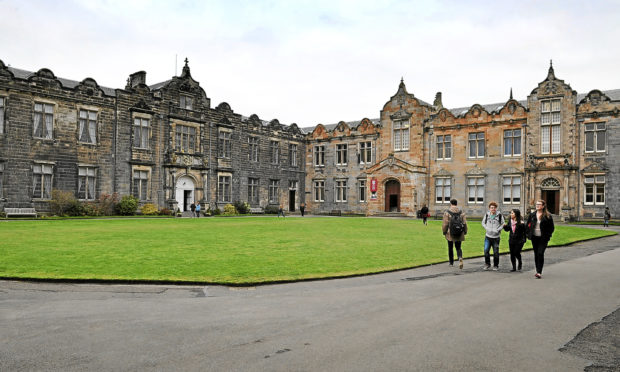St Andrews experts are working on an innovative diagnostic test for tuberculosis which could save millions of lives.
Medical research charity LifeArc and St Andrews University’s infection group have announced a partnership to develop a molecular diagnostic test.
TB remains the leading cause of death from a single infectious agent, ranking above HIV or AIDS, according to the World Health Organisation’s 2017 global Tuberculosis report.
Now the team, led by Professor Stephen Gillespie, will jointly develop the Molecular Bacterial Load Assay (MBLA).
The test will use molecular methods to count the number of live bacteria.
If successful, it will be progressed so that can be made available to patients around the world.
Speed is of the essence in diagnosis and this new test does in hours what other methods do in weeks.
Michael Dalrymple, executive director for diagnostics and science foresight at LifeArc, said the team was eager to work with the university to progress the test.
“Millions of people contract TB every year. With an appropriate diagnostic, patient treatment and recovery should be much improved,” he said.
Mr Gillespie added: “This test allows doctors and health care workers to diagnose tuberculosis and to monitor the response to treatment in a single assay.
“Its speed means that better treatment decisions can be made.”
The collaboration with LifeArc is important to the St Andrews group as it will enable them to bring this test to patients who need faster diagnosis and better treatment.
TB still kills around one million people per year globally.
The new test has the potential to reduce that figure by hundreds of thousands.





